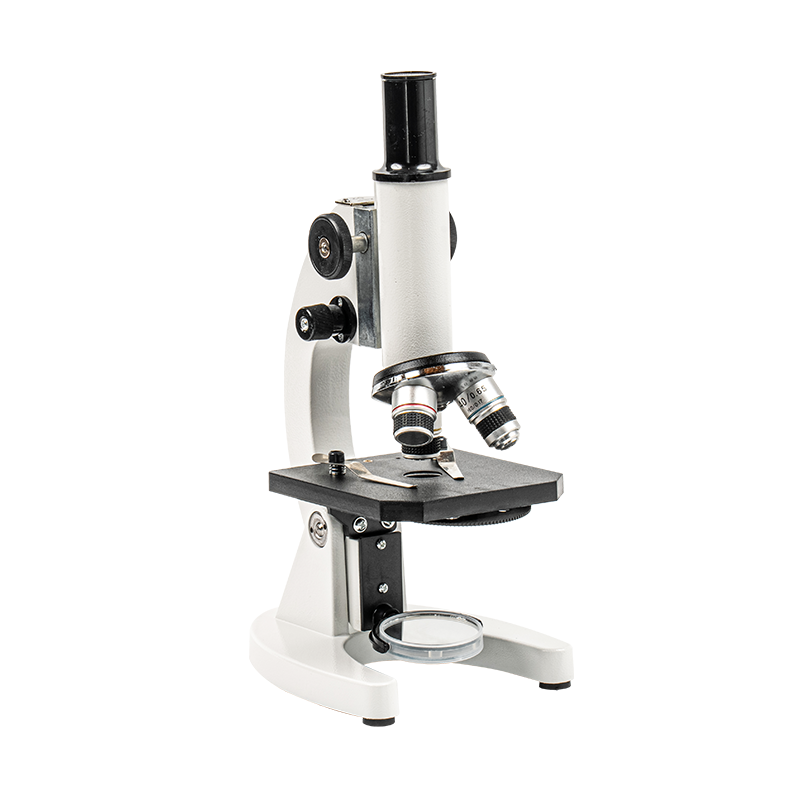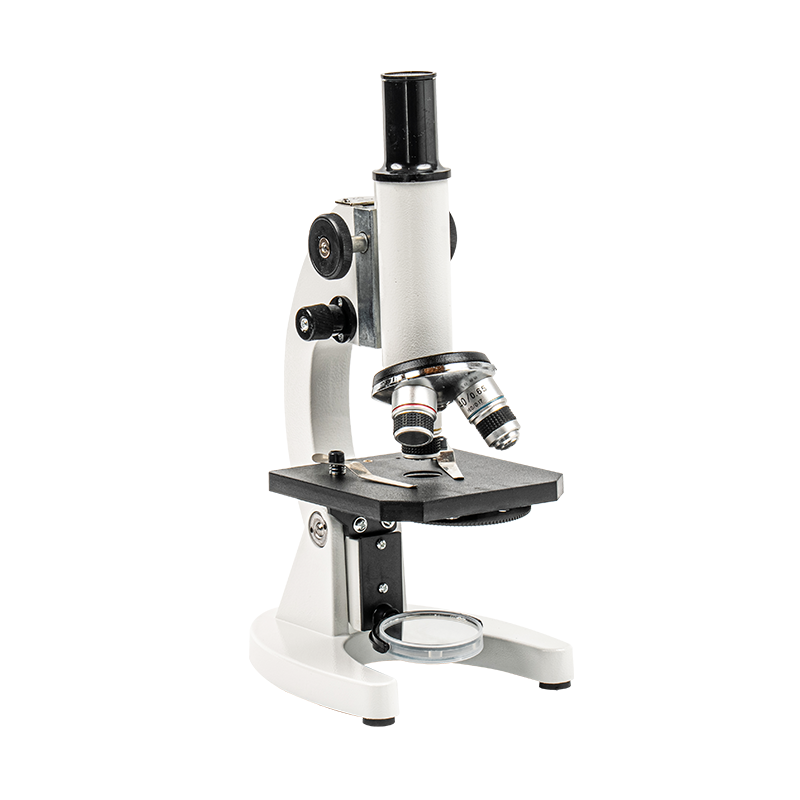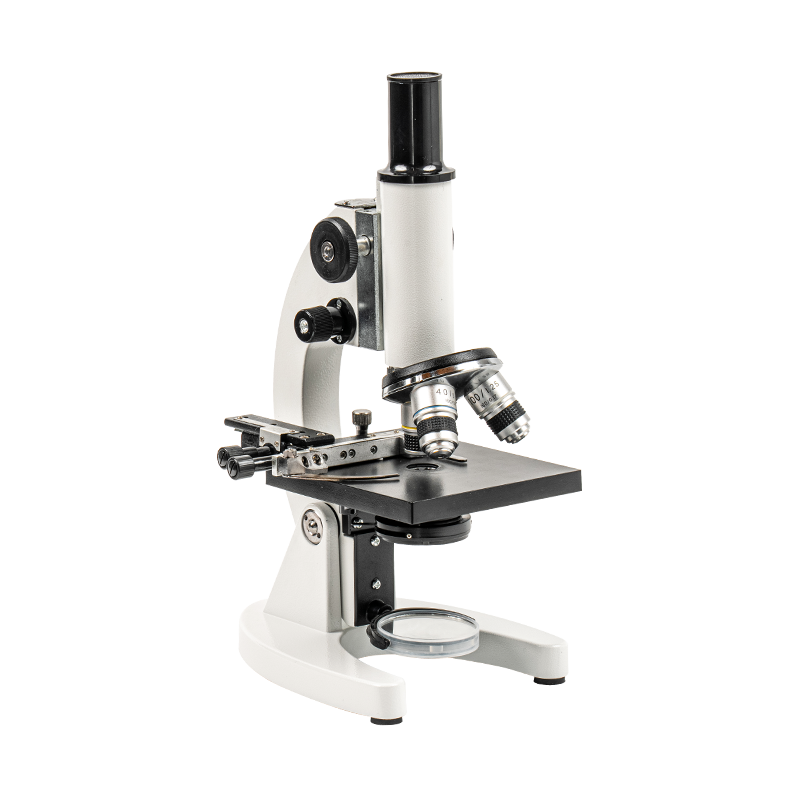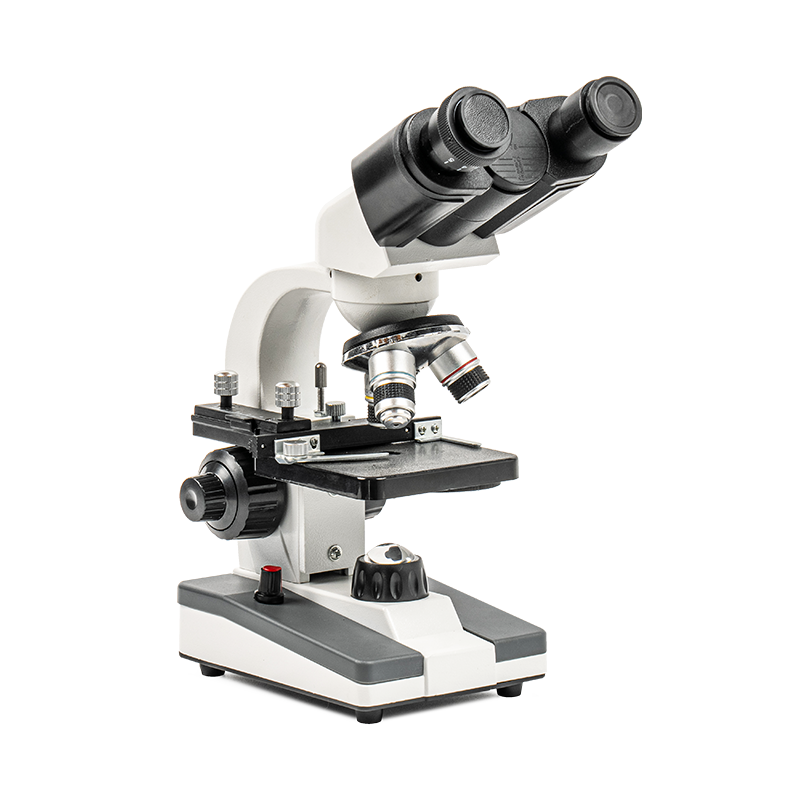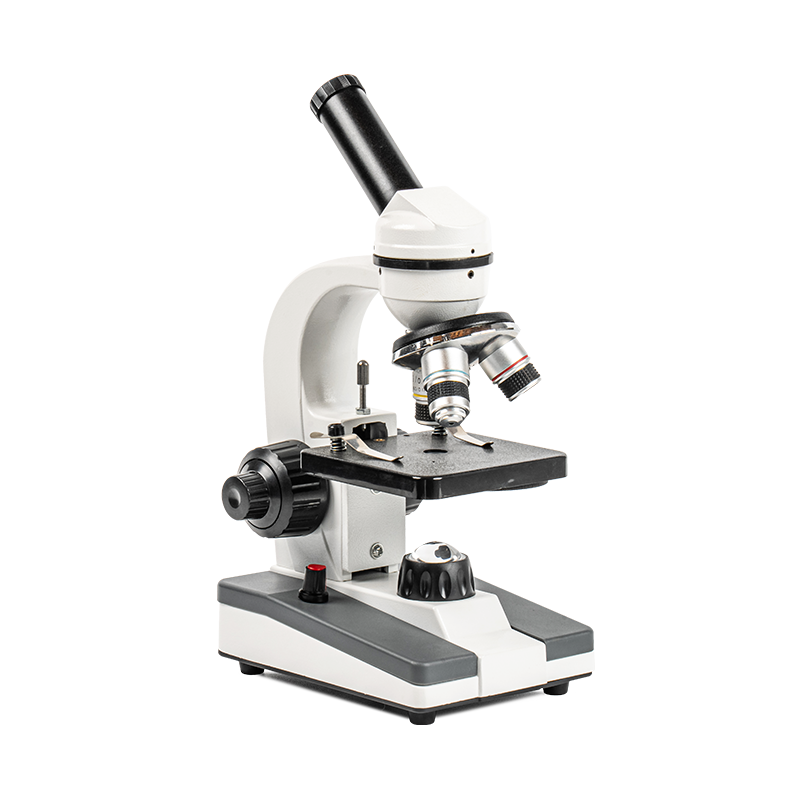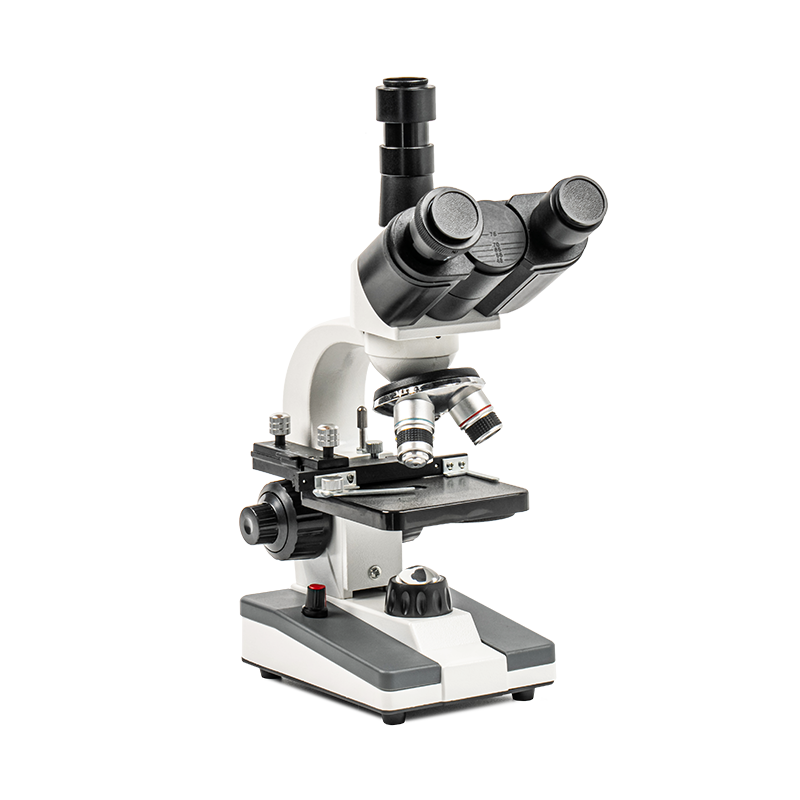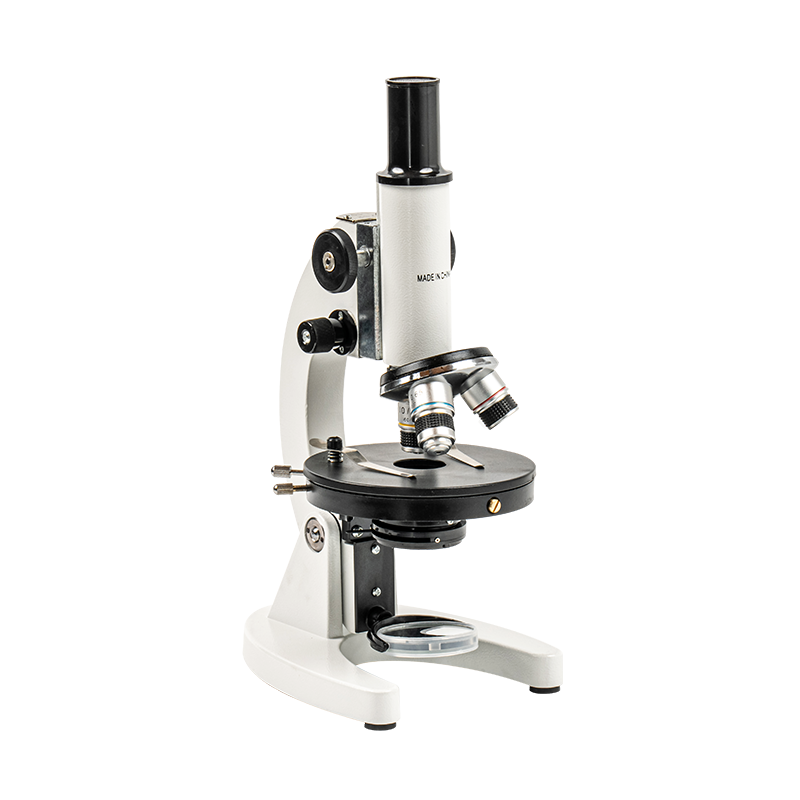With the continuous advancement of science and technology, microscopes, as one of the most fundamental and important tools in modern laboratories, have been widely used in many fields. Among all types of microscopes, trinocular microscopes, with their unique structural design and versatility, have gradually become core equipment in various fields, including scientific research, medicine, and education. Compared to traditional monocular and binocular microscopes, trinocular microscopes offer irreplaceable advantages in observation accuracy, comfort, and data acquisition.
Content
Structural Features of Trinocular Microscopes
Compared to traditional monocular and binocular microscopes, a trinocular microscope's most distinctive feature is its three-viewing tube design. A trinocular microscope typically features two observation tubes and a third tube for connecting to a digital camera or video equipment. This design enables researchers, medical professionals, and educators to perform high-precision observations while easily capturing, storing, and analyzing data.
The advantages of this structural design are primarily reflected in the following aspects:
1. Two observation tubes: Provide users with clearer and more three-dimensional vision, especially at high magnification, where the sense of depth and depth is more pronounced.
2. The third eyepiece: It can be connected to a digital camera, video camera, or computer, making real-time image acquisition, storage, and analysis more efficient. This is crucial for scientific documentation, medical diagnosis, and educational applications.
3. Comfort during Long-Term Observation: The trinocular design reduces eye strain, making it easier for users to maintain comfort during extended observations, thereby improving work efficiency.
This structural feature makes trinocular microscopes more adaptable and flexible in many professional fields, particularly in scientific research, medicine, and education.
Applications of Trinocular Microscopes
Trinocular microscopes have a wide range of applications, ranging from scientific research to medical diagnosis, from education to industrial applications.
Applications in Scientific Research
In the scientific research field, trinocular microscopes demonstrate significant potential, particularly in biological research, materials science, nanotechnology, and chemical analysis.
Biological Research: In biological experiments, trinocular microscopes enable researchers to observe samples such as microorganisms, cells, and tissue sections in detail, enabling them to conduct studies on cell division, cytopathology, and microbial morphology. Especially for high-precision observations such as cell imaging and gene expression analysis, trinocular microscopes provide clearer visuals, helping researchers analyze subtle cellular changes and driving breakthroughs in medicine and biological sciences.
Materials Science: In materials science, trinocular microscopes play an irreplaceable role, especially in studying microstructures and surface morphology. Through high magnification, researchers can clearly visualize the microstructures of materials like metals, plastics, and nanomaterials, enabling them to analyze material properties and detect defects, supporting the development and application of new materials.
Nanotechnology: Nanotechnology research requires extremely high magnification and detailed visualization. The high-precision observation capabilities of trinocular microscopes enable researchers to accurately analyze the size, shape, and arrangement of nanomaterials. This is of great significance to the development of nanotechnology, making trinocular microscopes an indispensable tool, particularly in fields such as nanomedicine and nanoelectronics.
Chemical Analysis: Trinocular microscopes also play a vital role in chemical experiments. Researchers use microscopes to observe microscopic changes during chemical reactions, studying the morphological changes and particle size of reactants and products. Trinocular microscopes can be combined with chemical analysis instruments (such as mass spectrometers and infrared spectrometers) to perform multi-dimensional data analysis, providing more comprehensive experimental data support.
Applications in Medical Diagnosis
Trinocular microscopes play an important role in medical diagnosis, particularly in pathology, microbiology, and clinical diagnosis.
Pathology Analysis: Pathologists use trinocular microscopes to examine tissue sections to detect lesions and assist in disease diagnosis. Trinocular microscopes not only provide high-precision observation but can also be connected to a digital camera via a third eyepiece to capture detailed images of tissue sections, facilitating later documentation, analysis, and communication. The use of trinocular microscopes is particularly crucial in the early diagnosis of major diseases such as cancer.
Microbiology: In microbiology research, trinocular microscopes help researchers clearly observe the morphological characteristics of microorganisms such as bacteria, viruses, and fungi, providing important evidence for disease prevention and treatment. Medical researchers can also use trinocular microscopes to capture images for identification and classification of microbial species.
Clinical Diagnosis: In clinical diagnosis, trinocular microscopes are widely used for pre- and post-operative lesion observation and biopsy analysis. Because they provide clearer images, doctors can more accurately determine the type and severity of a disease, helping to develop more effective treatment plans. Furthermore, by connecting to digital devices, pathologists can quickly transmit imaging data to other doctors and specialists for remote consultation, improving diagnostic accuracy.
Applications in Education
In education, trinocular microscopes are widely used at various levels, including higher education, vocational education, and elementary education. In particular, they provide students with a more intuitive and efficient learning experience in experimental teaching in subjects like biology, chemistry, and physics.
Institutions of Higher Education: Trinocular microscopes are widely used in laboratory teaching in university courses such as biology, chemistry, and medicine. Teachers can connect a monitor via the third eyepiece to present experimental observations to the entire class, enhancing classroom interaction and engagement. Students can also view experimental results in real time through the microscope, conducting detailed analysis and discussion, and deepening their understanding of the experimental content.
Vocational Education and Training: Trinocular microscopes are also crucial in vocational education fields such as medicine, pharmaceuticals, and environmental science. Students can use trinocular microscopes for hands-on practice in classrooms, not only learning practical experimental skills but also mastering additional experimental techniques through video recording. Vocational and technical schools can also use these devices to enhance students' practical skills and professional development.
Basic Education: Trinocular microscopes are increasingly common in biology and science experiments in primary and secondary schools. They help students observe the microscopic world, enhancing their observation skills and interest in science. Especially in modern science education, trinocular microscopes can inspire students' spirit of scientific inquiry and enable them to better understand the mysteries of nature.
Industry and Quality Control
Beyond scientific research, medicine, and education, trinocular microscopes are also playing an increasingly important role in industrial applications and quality control. For example, in electronics manufacturing, the automotive industry, and the semiconductor industry, trinocular microscopes are used for product inspection, surface analysis, and fault diagnosis, helping engineers accurately identify microscopic defects in products and ensure product quality and performance.

 English
English Español
Español عربى
عربى 中文简体
中文简体